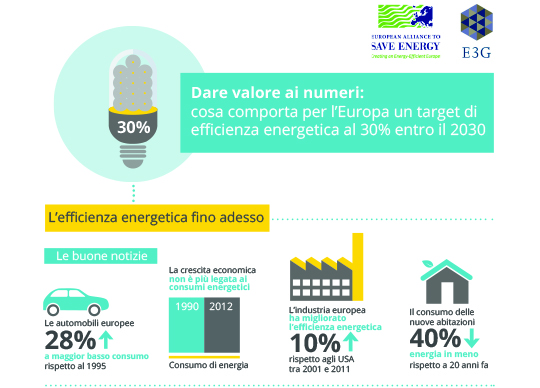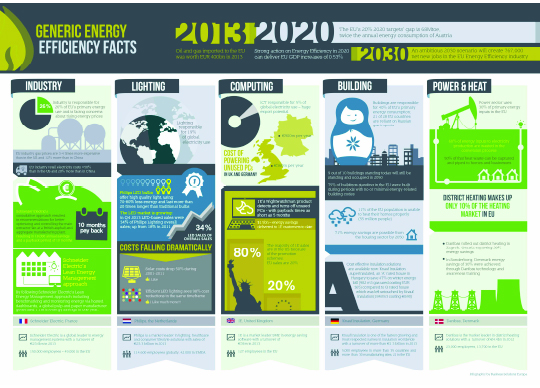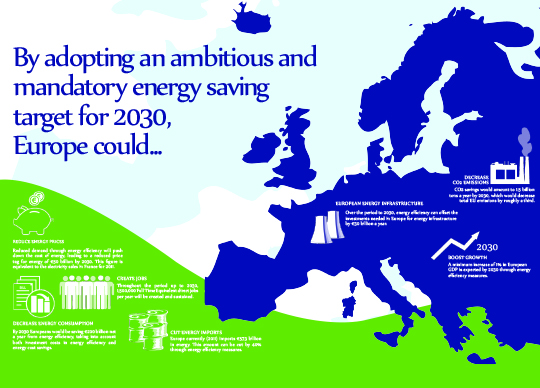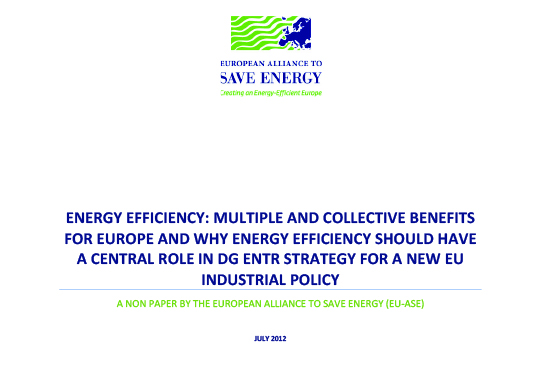The 2020 framework was designed without a comprehensive assessment of the synergies and potential trade-offs between the three targets (as recognized by the Green Paper – page 7, 5th paragraph) and had only two binding targets: one for raising the share of energy consumption produced from renewables (RES) in the European Union (EU) and one for EU greenhouse gas (GHG) emissions reduction. The energy efficiency (EE) target, however, was not binding. In short, the framework is fragmented.
This situation has led to 1) a lack of the necessary regulatory support (i.e. binding targets) for energy efficiency (EE) for which the EU 20% improvement target by 2020 will not be met, 2) a remarkable growth for RES in general terms, but in a incoherent and inconsistent way among different Member States; and 3) the failure of the Emission T rading S cheme (ETS), conceived as the major driver for long term low carbon investments, due to a large surplus of ETS allowances. This only was caused in part by the economic crisis.
To date the EU’s 2020 Climate and Energy framework has been fundamental in reducing GHG emission and strengthen RES. However, it clearly has not delivered the amount of energy savings expected and did not create the right long term signals for investment in EE solutions. More efforts must be focused on EE across Europe to provide industry with certainty in the policy framework and improve consumer acceptance on EE technology, products and services. A holistic approach of this future package is needed to avoid sub- optimization of certain sectors.
When designing policies for 2030, for the business perspective it would be a mistake to see a trade- off between the need for a binding target- based regulatory framework for 2030 and the competitiveness of European industry.
What is in fact needed is a cohesive 2030 framework based on three binding European targets. This will, in our opinion, restore economic competitiveness, reduce energy costs and prices, increase security of supply and sustain economic growth in the EU.





